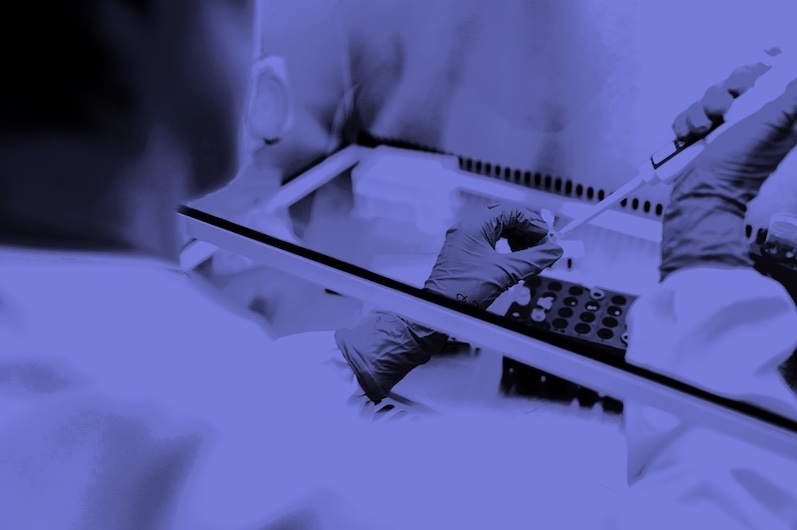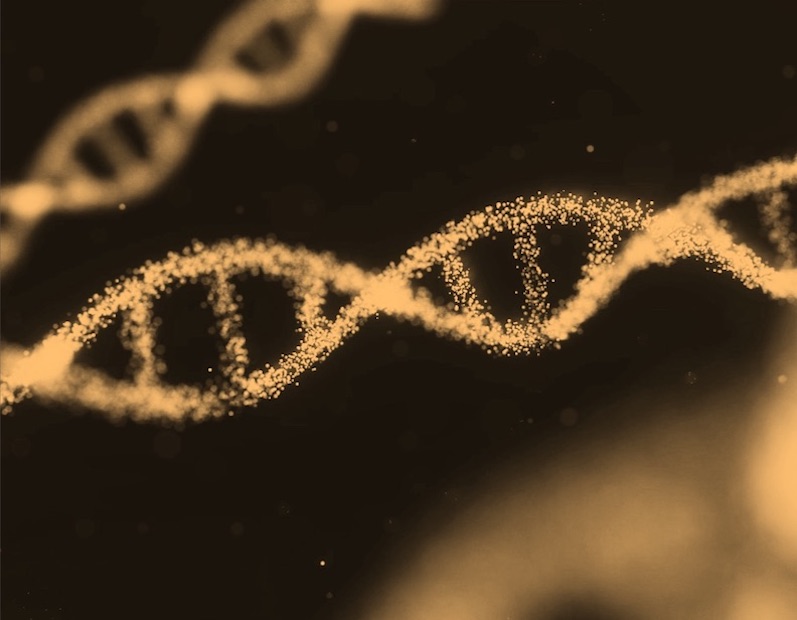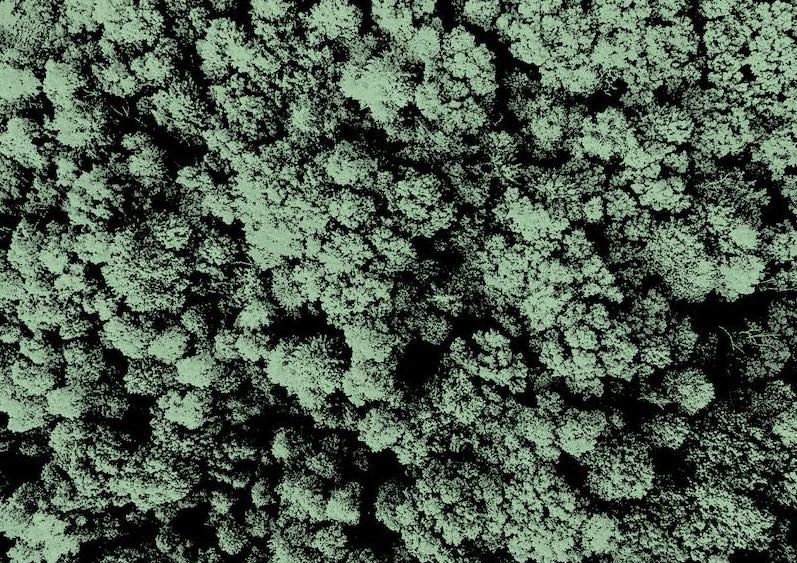What is it about?
In the realm of healthcare, early detection of lung cancer significantly enhances treatment outcomes and survival rates. Leveraging the advancements in smart Internet of Things (IoT) technologies and deep learning, this study introduces a novel Deep Maxout Network (DMN) architecture optimized for the early detection of lung cancer. Our approach utilizes an optimization algorithm to refine the learning process, enhancing the network's ability to accurately identify cancerous lesions from complex medical imaging data. The proposed DMN model integrates seamlessly with smart IoT devices, enabling real-time data acquisition and processing from a multitude of sources, including wearable health monitors and diagnostic imaging equipment. This integration facilitates a more comprehensive analysis of patient health data, improving the model's diagnostic accuracy. The optimization algorithm employed in this study further fine-tunes the network parameters, addressing the common challenges in medical image analysis such as high dimensionality and the subtle nature of early-stage cancerous features. We conducted extensive experiments using a large dataset of lung imaging studies, comparing the performance of our proposed DMN model against traditional deep learning models and existing lung cancer detection methodologies. The results demonstrate superior performance of the DMN in terms of accuracy, sensitivity, and specificity, underscoring its potential as a powerful tool in the early detection of lung cancer. This study not only highlights the effectiveness of deep maxout networks in medical imaging analysis but also showcases the potential of smart IoT technologies in revolutionizing healthcare diagnostics. The integration of these technologies opens new avenues for the development of real-time, accurate, and non-invasive diagnostic tools, promising significant advancements in the fight against lung cancer.
Featured Image
Why is it important?
This type of neural network is a variation of deep learning models that can capture complex patterns and relationships within data. Its application for lung cancer detection signifies a leap forward in developing more accurate and efficient diagnostic tools, potentially improving patient outcomes through early detection. The integration with the Internet of Things (IoT) implies the use of interconnected devices and sensors to collect and analyze health data in real-time. This could include imaging devices, wearables, and other medical instruments that continuously monitor patient health, allowing for immediate data analysis and early cancer detection.
Perspectives
This type of network is a variation of deep learning models, specifically designed to improve model accuracy and learning capabilities. The use of deep maxout networks for lung cancer detection suggests an approach that aims to capture the complex patterns and variations in medical data, potentially outperforming traditional deep learning models in accuracy and reliability. The inclusion of optimization algorithms indicates a focus on enhancing the performance and efficiency of the deep learning model. Optimization algorithms can fine-tune the model's parameters to improve its detection capabilities, reduce computational costs, and increase the speed of diagnosis, making the system more effective for real-time applications.
Balajee Maram
SR University
Read the Original
This page is a summary of: Deep maxout network for lung cancer detection using optimization algorithm in smart Internet of Things, Concurrency and Computation Practice and Experience, August 2022, Wiley,
DOI: 10.1002/cpe.7264.
You can read the full text:
Contributors
The following have contributed to this page







